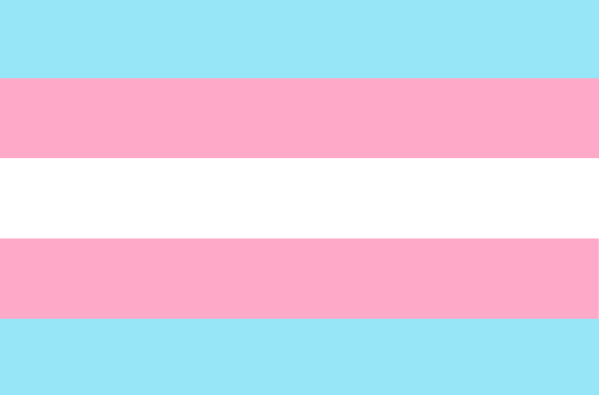October is ADHD Awareness month. Attention Deficit Hyperactivity Disorder (ADHD) is present in about 4-5% of adults. Those dealing with ADHD have a range of experiences, but many encounter difficulty concentrating at times, become overly focused on specific things at other times, struggle to complete work on time, have organizational issues, find it difficult to follow directions to their completion, and exhibit impulsivity. These (and other) symptoms have a real effect on professional functioning, personal relationships, and emotional well-being. And while most people talk about ADHD as a hurdle to overcome, there are also many people who look to the advantages of ADHD as tools for success. Here are a few such examples, a podcast and an article.
If you have suspected that you might have symptoms of ADHD, but have never been evaluated for it, consider taking a quick online assessment to find out if you report experiences similar to those who are diagnosed with ADHD. If the intensity of symptoms is high enough to suggest a formal diagnosis of ADHD, then the best course of action is to be evaluated fully by a licensed profession. Following such an evaluation, formal treatment options should be discussed, which usually include consideration of medications, therapy, and practical tips to implement into your daily routines.
Short of a formal diagnosis, many more people report struggling with “ADHD-like” symptoms that are simply less intense experiences with ADHD symptoms, or fewer symptoms such that a formal diagnosis would not be achieved. Whether you have ADHD or just feel like you have trouble with distraction, disorganization, procrastination, and the like (after all, technology has made it even more possible for unimportant things to constantly demand our attention), here are several tips for reducing the burden of distraction and focusing on what you want and need to do with your time.
- Go Old School: To the extent that you can, during times when you need to focus on completing a task, reduce the use of unnecessary technology. Technology is great, it can be harnessed to make you more productive, but we all know that technology is often the source of distraction.
- Use your calendar: Instead of reserving your calendar for meetings, appointments, and other “standard” events that formally take up your time, start scheduling time in your calendar for all the tasks that require your time and treat those events as “non-double bookable” events (time to: read and write emails, make phone calls, write briefs, do research, etc.).
- Turn off notifications: A major source of distractions from technology are the constant notifications for emails, text messages, and phone calls. Try turning off your email notifications, text alerts, and phone ringer/vibrations. Relying on your calendar to remind you to check those sources once your scheduled time to focus on a task has finished.
- Make lists: Get thoughts, tasks, and intentions out of your mind and down on paper (or an electronic version of paper). Writing things down can help you organize, prioritize, and eliminate tasks. Getting things out of your head will also free up mental space for other tasks. Keeping tasks in your head will require your brain to waste time repeating lists as to not forget certain items on those lists.
- Do less, focus more: Multitasking is a myth. Consciously picking fewer tasks to complete (from your prioritized list) in each day will allow you to complete more tasks and produce higher quality work.
- Declutter your space: A cluttered and disorganized space is a visual distraction, an emotional burden, and an organizational detriment. Spend some time each week cleaning and decluttering your work space. Become a minimalist as much as you can to foster focus and productivity.
Shawn Healy, PhD



